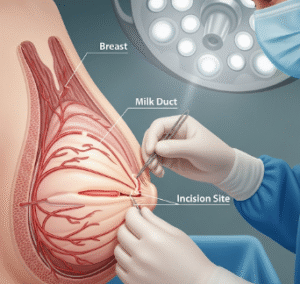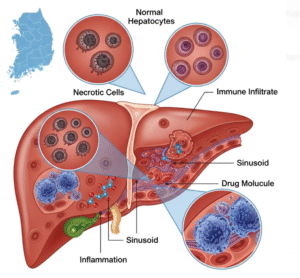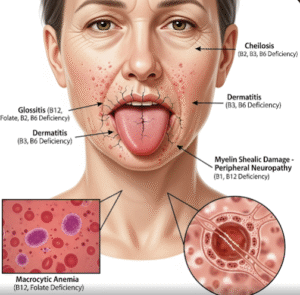Overview
Wheat allergy is an immune system reaction to proteins found in wheat, such as albumin, globulin, gliadin, and gluten. It can cause a range of symptoms, from mild skin rashes and digestive issues to life-threatening anaphylaxis. Unlike celiac disease or non-celiac gluten sensitivity, wheat allergy is an IgE-mediated food allergy and often occurs in children, though some adults can also be affected.
What is Wheat Allergy?
Wheat allergy is a type of food allergy where the immune system mistakenly identifies proteins in wheat as harmful and triggers an allergic response. It differs from celiac disease, which is an autoimmune disorder, and gluten sensitivity, which does not involve the immune system. Wheat allergy can be triggered by eating wheat or, in some cases, by inhaling wheat flour. The condition can range in severity and often resolves in childhood, but may persist or develop in adulthood.
Symptoms
Symptoms of wheat allergy usually appear within minutes to hours after exposure and may include:
- Skin rash or hives
- Swelling of lips, face, tongue, or throat
- Itching or tingling in the mouth
- Wheezing, nasal congestion, or breathing difficulties
- Abdominal cramps, nausea, vomiting, or diarrhea
- Anaphylaxis, a life-threatening reaction that requires emergency care
- Exercise-induced symptoms when wheat is consumed before physical activity (in rare cases)
Causes
Wheat allergy is caused by the immune system producing IgE antibodies against one or more wheat proteins. When the person consumes or inhales wheat, these antibodies trigger the release of histamine and other chemicals, resulting in allergic symptoms.
Key allergens in wheat include:
- Albumin and globulin – water-soluble proteins
- Gliadin and glutenin – components of gluten
Risk Factors
Several factors increase the risk of developing wheat allergy:
- Family history of allergies or asthma
- Young age – more common in infants and toddlers
- Other food allergies (e.g., milk, eggs, soy)
- Atopic conditions such as eczema or allergic rhinitis
- Occupational exposure (e.g., bakers with airborne wheat flour exposure)
Complications
If not properly managed, wheat allergy can lead to serious health risks:
- Anaphylaxis, requiring immediate use of epinephrine (EpiPen)
- Chronic malnutrition in children if dietary alternatives are not balanced
- Reduced quality of life due to dietary restrictions
- Exercise-induced anaphylaxis, a rare but potentially fatal condition
- Cross-contamination in foods leading to accidental allergic reactions
Prevention
Prevention of wheat allergy focuses on strict avoidance and preparedness:
- Eliminate wheat-containing foods from the diet (breads, pastas, baked goods, sauces)
- Read food labels carefully, including for hidden ingredients
- Use wheat-free alternatives such as rice, corn, oats (gluten-free), or quinoa
- Inform schools and caregivers about the allergy
- Carry an epinephrine auto-injector at all times if prescribed
- Early introduction of allergens in infants (under medical supervision) may help reduce risk
Treatment Options in Korea
South Korea offers advanced allergy testing and management for wheat allergy through its modern healthcare system. Services include:
- Comprehensive allergy testing, such as skin prick tests, IgE blood tests, and oral food challenges
- Dietitian consultations to ensure proper nutrition with a wheat-free diet
- Epinephrine prescription and training on how to use an auto-injector
- Emergency treatment for anaphylaxis at all major hospitals and emergency centers
- Desensitization therapy (oral immunotherapy) is under research or limited use at some institutions
- Support programs for children and schools to manage food allergies safely
- Expert care at leading hospitals like Seoul Asan Medical Center, Samsung Medical Center, and Seoul National University Hospital
With personalized dietary management and prompt care, wheat allergy can be effectively controlled in South Korea’s highly coordinated medical environment.













